
Management plan for the Koeberg Nature Reserve
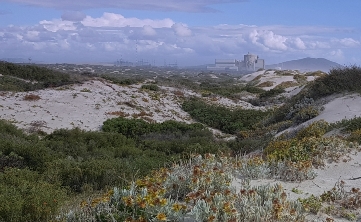
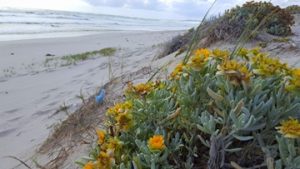
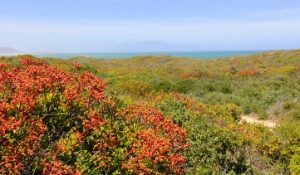

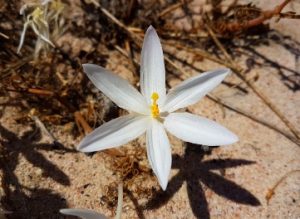
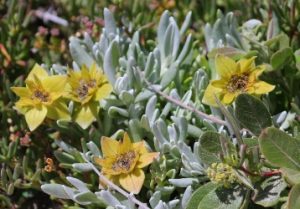
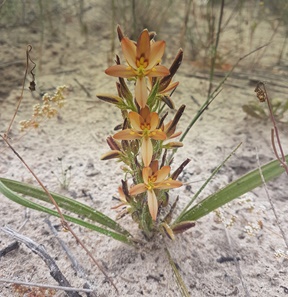
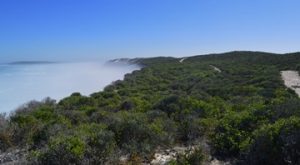

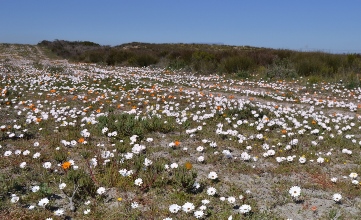
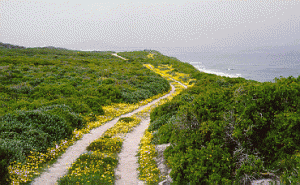
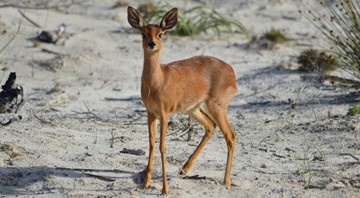
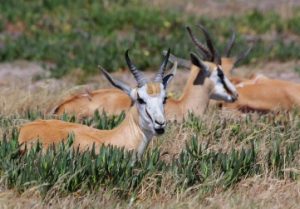
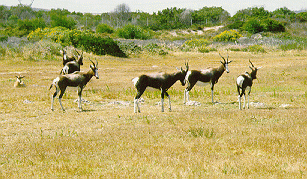
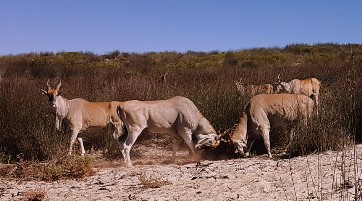
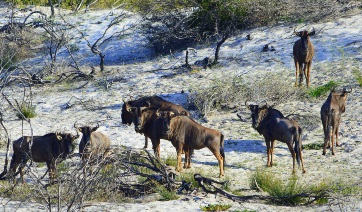
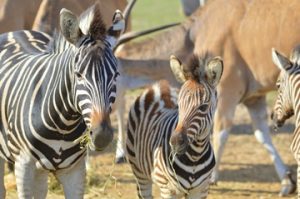
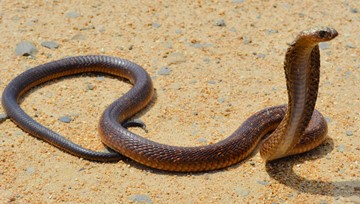
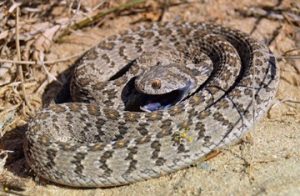
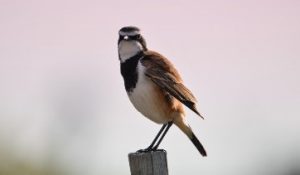
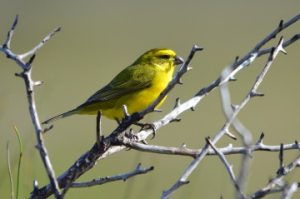
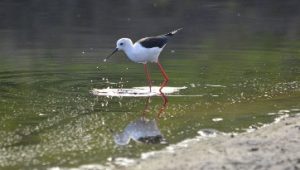
Issue 1 – November 2017 | Issue 11 – April 2019 | |
Issue 2 – December 2017 | Issue 12 – May 2019 | |
Issue 3 – January 2018 | Issue 13 – June 2019 | |
Issue 4 – February 2018 | Issue 14 – September 2019 | |
Issue 5 – April 2018 | Issue 15 – December 2019 | |
Issue 6 – June 2018 | Issue 16 – January 2020 | |
Issue 8 – July / August 2018 | Issue 17 – April & May 2020 | |
Issue 9 – September 2018 | | |
Issue 10 – November 2018 | | |